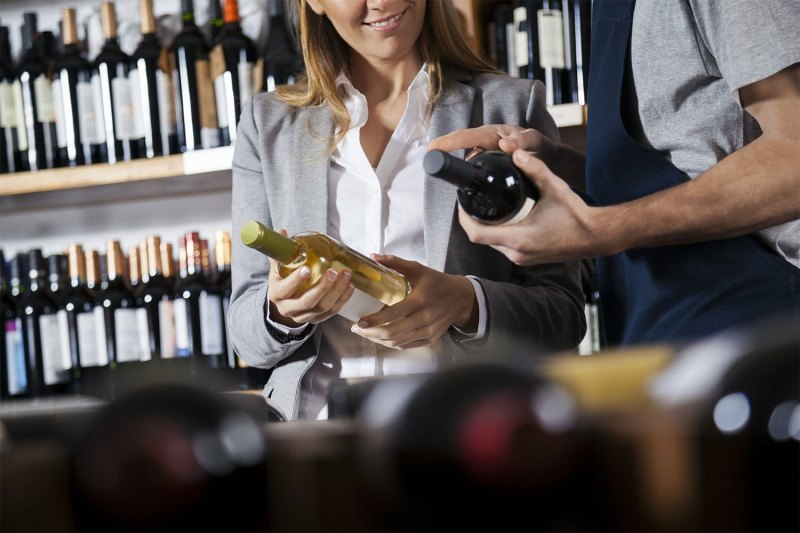The world of wine is full of wild tales involving villainous activity. From Argentina to Alsace, there are horror stories detailing everything from stealing wine grapes under the cover of night to holding famous vineyards hostage for ransom money.
These stories shouldn’t surprise given the enormous value society has placed on certain wines. Like fine art, wine is subject to the usual heist or some other diabolical scheme. One of the biggest issues the industry deals with is counterfeit products. As movies like Sour Grapes have suggested, a fair number of the world’s most coveted wines — especially the rarest of the rare that go straight to auction — aren’t always what they claim to be.
Fraudulent activity seems to follow any genre that involves collecting. That includes spirits, sports cards, coins, and on and on. It’s become a big enough problem in wine that firms exist just to sniff the bad eggs out. They advise collectors when they’re about to pull the trigger on a rare or lauded lot of bottles. They look at everything from deep cork coloration and sediment in the bottle (to prove the age of wine) to the ink used in the labels to see if it’s the real deal.

For the average consumer, there’s less to worry about. But that doesn’t mean you can trust the entirety of every label you see at the grocery store or your favorite bottle shop. Here are some things to look out for, whether you’re perusing the bottom shelf of the supermarket or bidding on wine online.
Blending Issues
Quite often, you’re drinking more than what’s advertised. Wine law is especially nuanced when it comes to blending, where multiple varietals are mixed together. In the states, federal law says that if you’re going to call something a Syrah then a minimum of 75% of what’s in that bottle better be Syrah. Some states, like Oregon, have adopted stricter policies, upping that requirement to 90%, with many winemakers just rarely adding anything that’s not listed on the label. Similarly, with regard to where the grapes are coming from, federal law says that a label listed as Sta. Rita Hills, for example, must be made from at least 85% fruit grown in that appellation (the Napa Valley Vintners have put together a fairly helpful introductory page for some additional context).
These laws differ from region to region and country to country. Generally, the rules are particularly strict in famous growing areas, from the AOC’s of France to Chianti. Climate change is tweaking the game, however, and we’re starting to see new grapes allowed in hallowed places like Bordeaux. Overall, producers aren’t generally trying to dupe you but in this, the era of transparency, it’s nice to know as much about what you’re drinking as possible.
Label Details
For more sought-after wines fetching high prices, there are some details you can look for on your own to access authenticity. Look for oddities in typography and small print and compare and contrast with an actual label, which you can often find online. If you’re considering a very old bottle (as in a vintage prior to the 1950s) it might be worth putting the label under a blue light and looking for things like glue, which weren’t used until the second half of the 20th century.
You should be skeptical of labels lacking a vintage date. Non-vintage wine exists, but it’s generally a cheap table blend. If you’re buying from a broker or some middle party, do your homework and make sure they’re reputable.
Natural Conundrum
Natural wine continues to be a darling within the industry. But there’s very little in terms of law and literature that dictates exactly what the stuff is. Generally, a natural wine is made with minimal, if any, intervention. In other words, natural yeast, no fining or filtering, and no added sulfites. It’s wise to approach the word “natural” in wine more as a trending term than defining characteristic or style. Chat up your wine steward to get as much info as you can.


